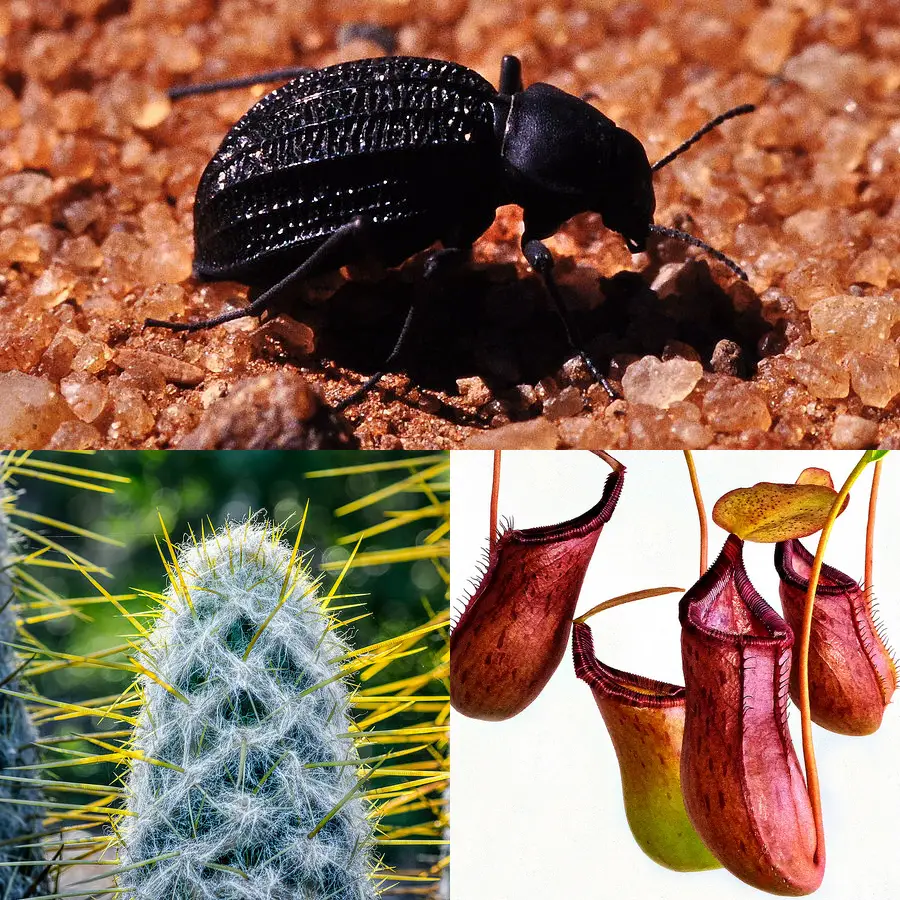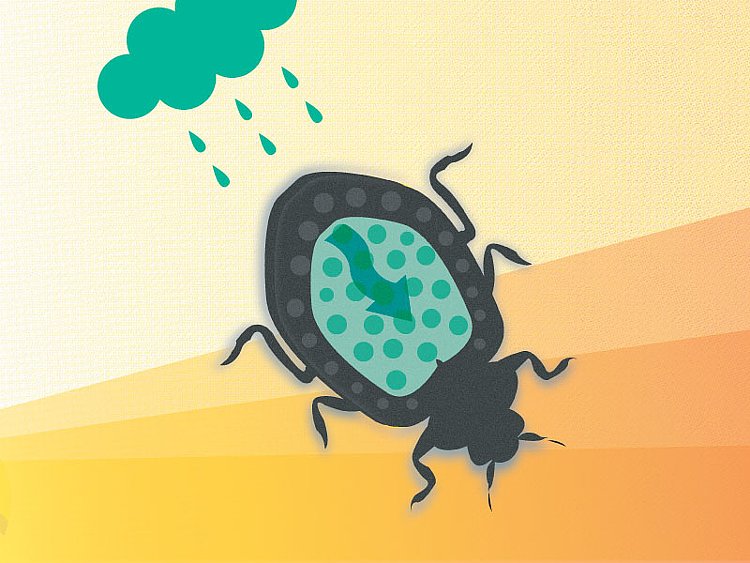Nature is a master at what it does. It knows how to adapt, survive, thrive, nurture growth, evolve, connect, synergize, exchange energy, and work in a very structured pattern often known as sacred geometry.
With that being said, many of the missing technologies of today are because we haven’t spent enough time looking at the incredible bio-technology world all around us. If we can learn to work harmoniously with nature while taking advantage of what it is teaching us then it will be only a matter of time before we can thrive on this earth.
Climate change and the waves to come.
Were you aware that one of the greatest world crisis of our modern world is climate change? These rapid changes in our world have been completely responsible for the super storms that we have started to experience more and more frequently.

Other weather changes range from super hot summers to longer winters. These types of issues have been overlooked time and time again but is actually threatening our communities and even economy when you think that these types of super storms can drastically effect our world’s food production.
Luckily countries all across the world have started taking drastic steps to help combat these severe climate changes to hopefully return our world back to a more balanced state. Some of the amazing examples of some of the nations that are battling against these severe climate changes are new innovative “green technology” that doesn’t utilize energy from the traditional source such as fossil fuels, and things like utilizing more carpool lanes.
As a whole, we as the stewards of this wonderful planet, should all work together as one species, to help restore balance to our world. It might not be easy, but it does require everyone’s help to make it a reality. Just remember, we have absolutely everything to lose if we do nothing, and yet everything to gain from our efforts towards change.
While we work to correct the error of our ways there will be hard times and waves ahead. These waves are caused by our past mistakes and may not be avoidable. There are super storms and super droughts worldwide. Unfortunately, some of these will be here for a while until the earth returns to balance.
Technology is working to learn from nature so we can survive the upcoming changes
Past examples of Technology Learning from Nature:
Velcro
This little invention has been utilized by so many of our everyday items, so much so that even NASA and the United States military use velcro on their military uniforms and space suits. Yet how did we come to create velcro?
Well, there was the amazing swiss engineer named George de Mestral who, at some point in the early 1940’s, saw just how nature used its own version of velcro by seeing just how plant burrs stuck to the hair of dogs. The word velcro actually comes from the world’s “velours,” which means velvet while, “crochet” which also means to hook, and when you put them together, well you get velcro.
Spider Silk:
Spider silk is one of nature’s strongest materials. When you measure it just on weight alone, spider silk is 5 times stronger than steel, all the while being not only more lightweight but also stretchy. In nature, spiders utilize their sticky webs to ensnare and immobilize their prey.
In nature, there are 7 different types of silk that the spiders use to create their sticky strands. Out of these types, not one single known spider has the ability to possess all of the glands, yet a male spider will have at least 3 of these types while the female will have four of them. The fourth of course is the one that is for the egg sac. Below is a list of the 7 different types of glands:

In our modern world, we sought to harness the power that the noble spider holds, and that is a sticky substance that is not only super strong but flexible at the same time. So scientists got together and were able to create a medical product that has the ability to duplicate the properties of the silk strands of spiders.
A type of flexible tape that when peeled from a wound, can cause no damage to the tissue underneath it. In the world of medicine, this wondrous new type of flexible tape can even be used on the elderly who often struggle from frail skin or the sensitive skin of a newborn baby.

The traditional medical grade tape was made by applying a sticky type substance on the back of the material. Yet the new breakthrough in this silk-inspired tape was that researchers were able to apply a silicon-based film on the back of the material (similar to the old way of application on traditional medical grade bandages), but after this they then laser etched a grid pattern into the silicon adhesive. The reason for the laser etching was simply to give the adhesive a type of texture to help with adhering to the surface.
Desert Beetles:
Another great example of how nature is able to survive even the harshest of climate changes is the noble Namib Desert beetle. This little guy has been able to find an ingenious way to help us survive well in its extremely parched world. How is this little beetle able to do so? Well, is is due to the beetle being able to collect water by absorbing the fog around it and turning that into droplets of water on the ridges of its back.
So in a way these little guys have been able to not only survive in their extreme climates but in a way show us how we could potentially harness the same type of condensation collection to help generate clean drinking water for all the inhabitants of the dry areas of the earth.
Researchers are studying Cacti and Desert Beetles to pull water out of air
The Namib desert is home to a plethora of different organisms such as some beetles and even multiple kinds of cacti have been able to adapt so well to their harsh environment, that they are able to literally pull moisture and water straight from the dry air.
In all honesty, it isn’t really a secret that our modern society is literally and actually killing off the only planet anywhere near us that can sustain life. Through the rising temperatures of our planet, as it continually gets hotter and hotter researchers from the Harvard John A. Paulson School of Engineering and Applied Sciences or (SEAS for short) along with Wyss Institute for Biologically Inspired Engineering at Harvard University, have decided to conduct a study that seeks to develop a way to literally create, pull and transport condensation for use for our growing need for water.
Professor of Materials Science at SEAS, Joanna Aizenberg said that,
“Everybody is excited about bioinspired materials research”

Utilizing all of what nature has to show us, the researchers have been able to receive inspiration from the mighty desert beetles bumpy shell, along with the incredible structure of cactus spines and lastly from the slippery surfaces of the pitcher plants.
After heavily researching all of these elements the researchers were then able to create a material that is able to harness the incredible powers used by nature, also including a special Slippery Liquid-Infused Porous Surfaces technology or SLIPS or short, that was developed in Aizenberg lab, the research team was then able to not only collect but direct the flow of condensed water.
The researchers stated that,
“By optimizing that bump shape through detailed theoretical modeling and combining it with the asymmetry of cactus spines and the nearly friction-free coatings of pitcher plants, we were able to design a material that can collect and transport a greater volume of water in a short time compared to other surfaces.”
I strongly believe that if we slow down and observe just how nature has been able to survive for so long, despite the rapid changes in climate, that we could potentially gain the knowledge of nature itself and actually get into a mindset of adapt the right way and overcome. So that when new challenges arise for our world, we will be able to meet them head on.
Sources-
Image Source: good.is

